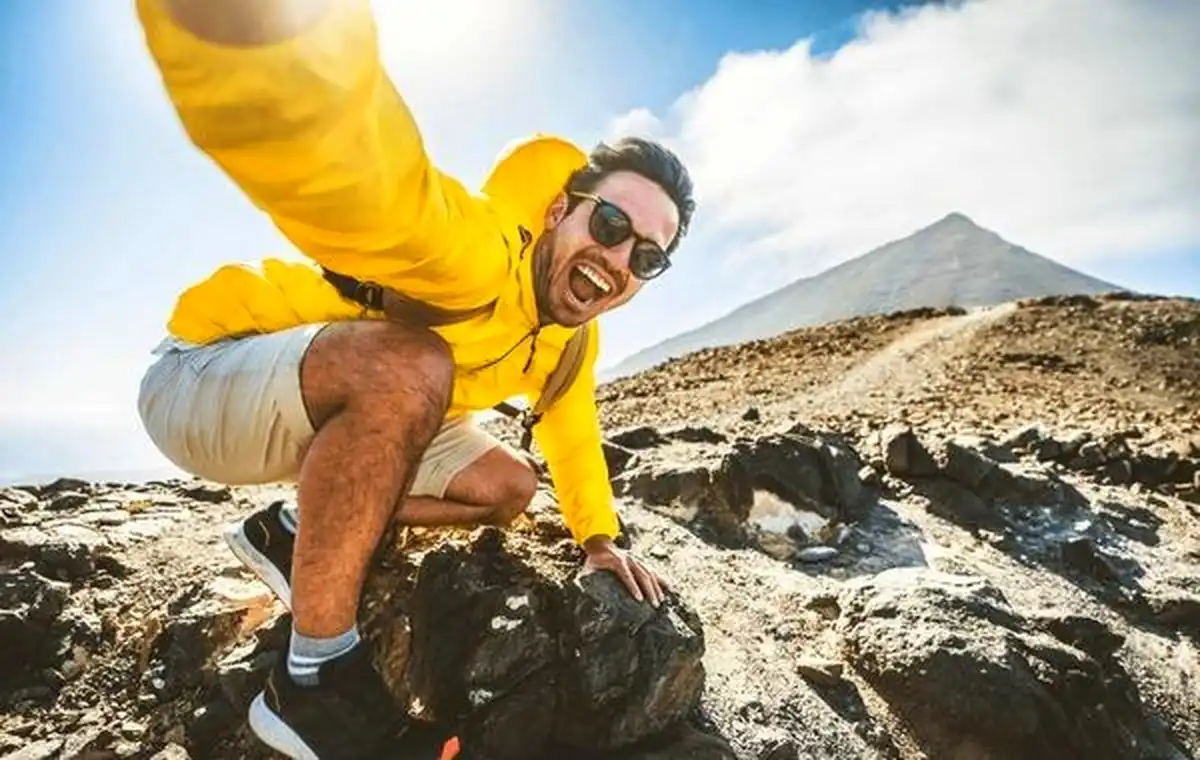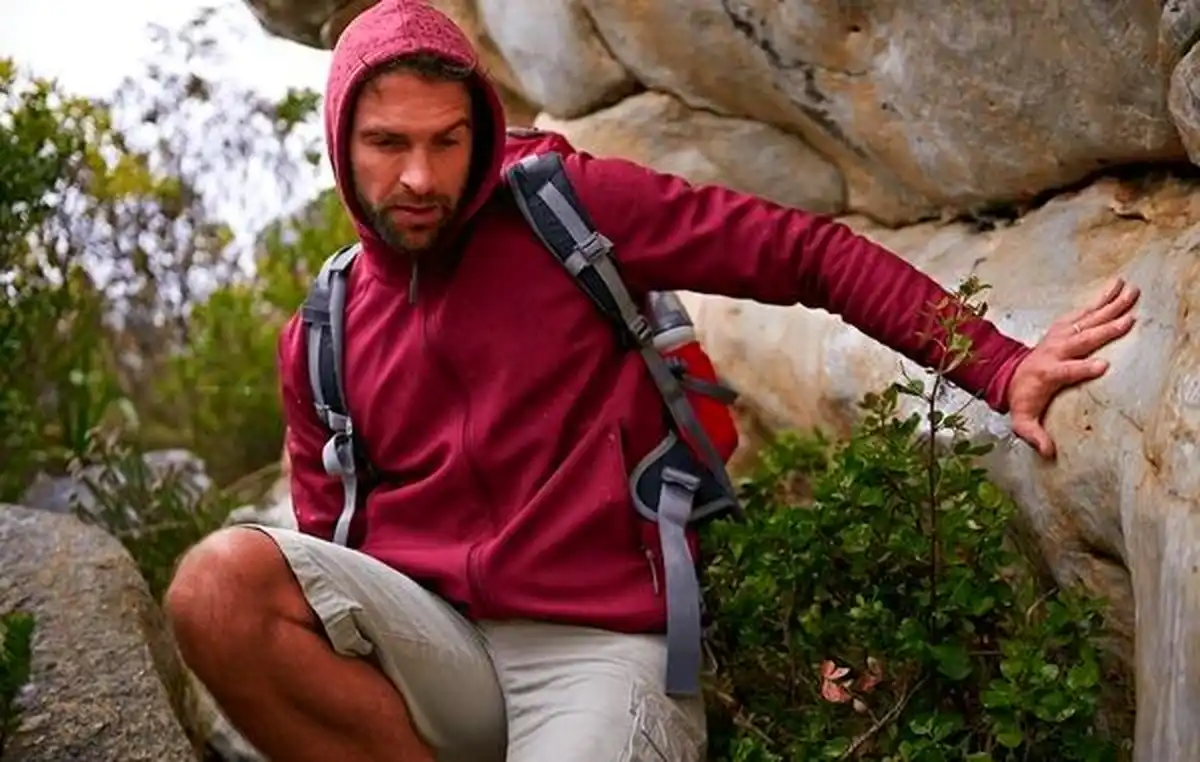
Exploring Hidden Gems: Lesser-Known Sailing Routes for Adventure Travelers
Sophia Romine - Mar 21, 2025 - 13 min read


While one may want to trek on any volcano, you should learn about the background of the volcano you are going to climb. You should spare some time to know its history, eruption patterns, and current activity level. At times, you may find local experts or guides to give you insight into the specific risks and challenges presented by the volcano.
Volcanoes do not all walk alike. Some are smooth and well-trodden hikes with easy-to-track trails, while others consist of steep ascents on loose gravel or more rugged ground conditions. Pre-assessment before taking on the trail could make a big difference because it allows you to properly prepare and bring the appropriate gear for the hike.
Safety is always key while exploring an uncertain volcano. It would help ensure that you are equipped with gear like a strong helmet, gloves, and goggles if there is a danger from falling rocks or ash during your journey. For more protection, consider having some basic first-aid items just in case you meet unexpected injuries or emergencies along the way.
Volcanic areas can be tough and uncharted; therefore, necessity calls for good navigation equipment. Carry a good map of the place that is preferably water-resistant with a compass or GPS to avoid getting lost. Be familiar with a tracking route and alternative routes that you may use when the unforseen comes or weather changes.
This is because you also have to deal with the weathers since it can do a lot in your volcano hiking experience, making it either safe and enjoyable. Check the weather forecast before embarking on the adventure and prepare to change your mind if necessary. Such instances of rapid weather changes can really jeopardize visibility and trail conditions.
While the sun may shine brightly during a hike, there are some weather conditions that are dangerous near volcanoes. Be aware of any increase in steam emissions or change in air quality that could indicate an eruption is near. Also, be on the lookout for weather conditions that may enhance hazards, such as strong winds that can spread volcanic ash or precipitation that can cause landslides.
Before taking the volcano hiking experience, scan for any advisory or warning by local authorities or by the volcanic monitoring agencies about recent volcanic activity and probable hazards and safety measures taken. Failure to heed these can be dangerous.
Keep an eye open for signs of volcanic action as you hike along, which may include ground tremors, unusual smells, or altered features of the landscape's terrain. Always be mindful of signs posted by the trail and any guidance obtained from park rangers and tour guides. If you have to confront a threatening sign, you may need to alter your trail or revert back to safer land.
Volcano hiking is an excellent opportunity to explore beautiful natural landscapes, but there is a need to reduce your environmental footprint in the process. Practice Leave No Trace principles by packing out all trash, staying on designated trails, and avoiding any form of disturbance to wildlife or sensitive ecosystems. Respect protected areas or cultural sites in the volcano's vicinity.
Many volcanoes are located in indigenous communities or among local residents. Respect their land, culture, and traditions by seeking permission to enter restricted areas and by respecting cultural protocols. Engage with the locals with respect, and you might support local businesses or initiatives that benefit the surrounding communities.
Traveling with companions will improve safety and camaraderie in your adventure to explore volcanoes. You and your companions will be able to assist each other during emergencies and have extra eyes and ears to keep an eye on trail conditions and volcanic activity. Ensure that your hiking partners are experienced, reliable, and committed to safety.
Communication is highly essential during hiking, especially in hazardous environments like volcanoes. First, agree on how to maintain contact while hiking, especially on designated meeting points and the frequencies of checking on each other. Carry a fully charged communication device like a cell phone or a two-way radio, and ensure that everyone knows how to use it.
Hiking volcanoes is very physical. Stamina, strength, and agility are required for the challenge in uneven terrain and dramatic elevation changes. Assess your fitness realistically, with exercise and conditioning to build up to the demands that hiking on a volcano requires. Gradually push the intensity and duration of your workout so you will build endurance but likely minimize your risk of injury. Mental Preparedness
You will be well prepared physically, but you also need to mentally prepare for this volcano hike. You should prepare yourselves for the challenges that you may encounter at different points along the journey-you should think about how you would best approach them. Positivity and resilience are important because other challenges, setbacks, or even surprises may come your way.
Despite the best planning and preparation, one can never be guaranteed against emergencies, especially when hiking on volcanic grounds. Prepare for any such situation by creating a full safety plan, which includes emergency procedures, contact information with local authorities, and evacuation routes. Make sure that all your hiking buddies know what to do and understand their roles and responsibilities.
Be prepared with the basic equipment of emergency supplies in your backpack when you go for the hike in a remote volcanic area. The items packed may include an emergency, lightweight shelter; extra water and food; a multitool or knife; signaling devices such as a whistle or mirror. A PLB or satellite messenger in your backpack is also available for summoning help.
Volcano hiking expeditions are thrilling adventures with unparalleled opportunities for exploration and discovery. However, excursions to these places need to be approached with caution, respect, and proper preparation. By following these safety tips and guidelines, you will be able to enjoy the awe-inspiring beauty of volcanic landscapes while minimizing risks and ensuring a memorable and rewarding outdoor experience.

Sophia Romine - Mar 21, 2025 - 13 min read

Lily Hofer - Mar 13, 2025 - 7 min read

Brian Garrity - Mar 10, 2025 - 6 min read

Mia Gaitan - Mar 6, 2025 - 9 min read